Inbox and Environment News: Issue 407
June 2 - 8, 2019: Issue 407
Newly Named Federal 'Emissions Reduction' Minister Welcomes Adanis' 4.7 Billion Tonnes Of Greenhouse Emissions
Torres Strait Islanders Ask UN To Hold Australia To Account On Climate ‘Human Rights Abuses’
We are not drowning. We are fighting.
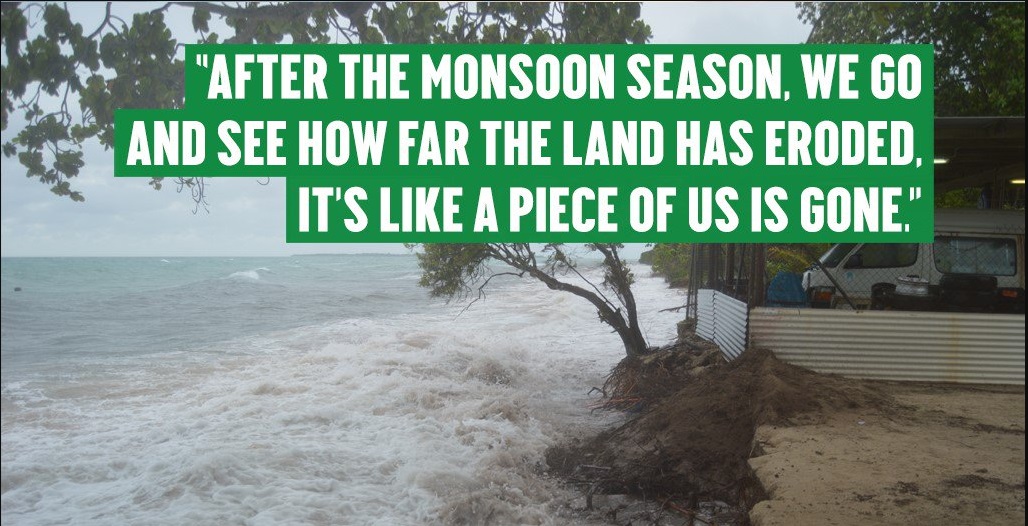
Water Restrictions To Start Across Sydney
May 29, 2019: NSW Government
Level 1 water restrictions will start in Sydney, the Blue Mountains and the Illawarra from 1 June 2019.
The restrictions have been introduced by the NSW Government to protect Sydney’s water supply from drought conditions.
Under the Level 1 water restrictions residents and businesses are not able to:
- use standard sprinklers and watering systems at any time
- leave hoses running unattended
- wash vehicles and buildings with a hose that isn’t fitted with a trigger nozzle or high pressure cleaning equipment
- clean hard surfaces such as paths, driveways and paved areas with a hose as part of general clean.
Water restrictions are enforceable and penalties apply. Fines of $220 will apply to individuals and $550 for businesses who don’t follow the restrictions. There will be a three-month grace period before fines apply. Fines will not be issued until after 1 September 2019.
Exemptions will be available for non-residential customers with outdoor water use as their core business.
Minister for Water, Property and Housing Melinda Pavey said Sydney is seeing some of the lowest inflows into its dams since the 1940s.
“The Bureau of Meteorology’s latest forecast is predicting below-average rainfall and higher temperatures for June to August, which are key drivers of stronger water demand,” Mrs Pavey said.
“Regional NSW has been experiencing a record drought. Water restrictions in Sydney mean that households across NSW are doing their bit to conserve water.”
Find out more about Sydney’s Level 1 water restrictions
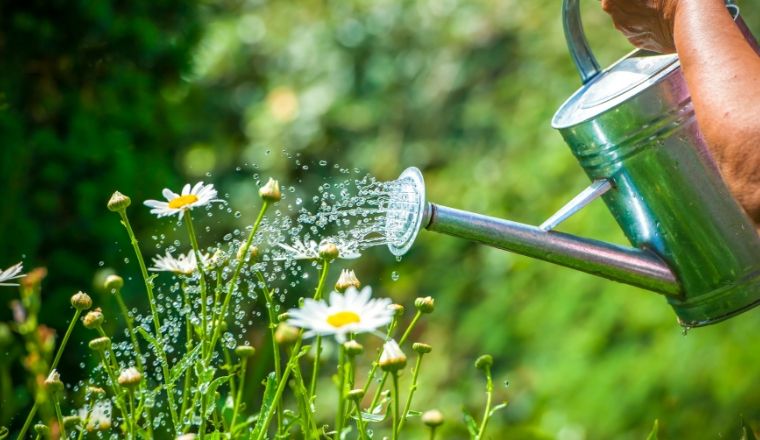
Whale On!
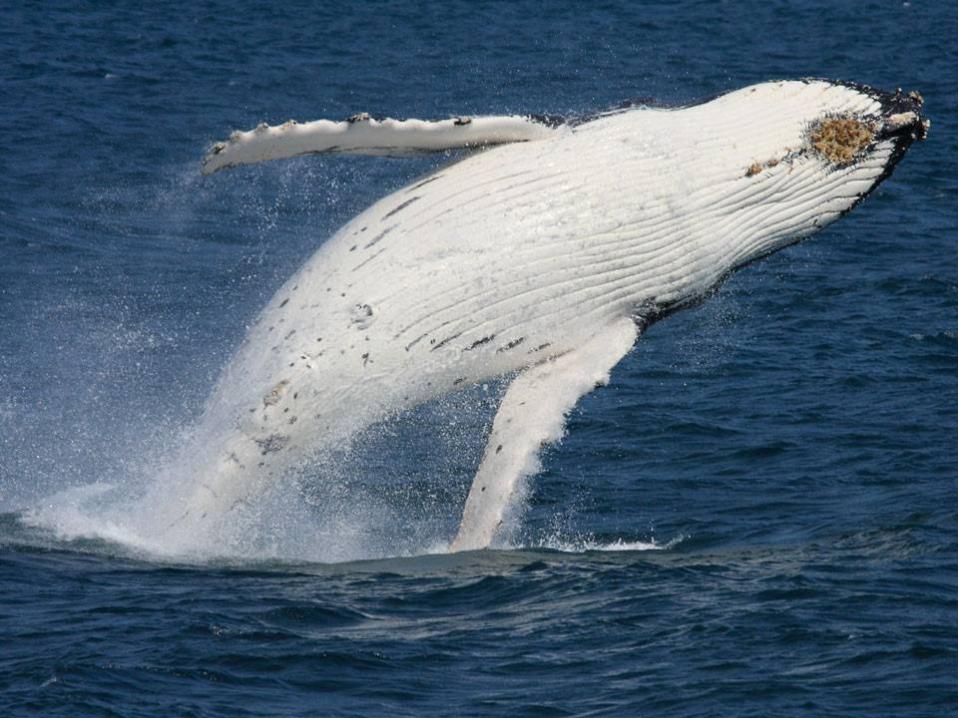
Catch A Glimpse Of A Humpback Whale
Visit a coastal NSW national park to spot a humpback whale, as they start their annual migration north.
From May to November 2019, over 30,000 humpback whales will migrate from the cold waters of Antarctica to the warmer waters off north east Australia to mate and give birth before heading south again.
Vantage spots for whale watching include national parks with lookouts, headlands and foreshores.
Southern right and minke whales may also be spotted off the NSW coast during migration season.
Keen whale-watchers can download the free Wild About Whales mobile app, which helps users find the best locations for spotting whales, get real-time notifications of nearby sightings, and record their sightings.
Environment Minister Matt Kean said the app is a great tool for the whole family to learn more about whales, while also contributing to a citizen science project.
“Citizen science volunteers and other organisations such as ORRCA do an amazing job of monitoring the number of whales migrating along the NSW coast each season,” Mr Kean said.
Bellinger River Snapping Turtles Saved From Extinction
May 27, 2019: NSW Government
A captive breeding program at Taronga Zoo has successfully returned 10 critically endangered Bellinger River snapping turtles to their natural habitat on the Mid North Coast.
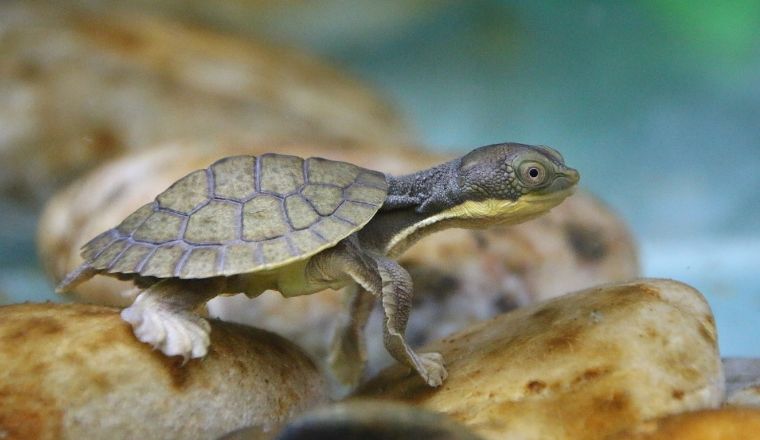
The $100 million Saving our Species captive breeding program rescued 20 virus-free turtles from the Bellinger River. In 2015, 90 per cent of the estimated 4500 turtles living in the river were wiped out by a virus within three months.
In the first year of the program, 22 healthy turtles hatched, with another 31 healthy turtles hatching in 2018.
The 10 turtles will be closely monitored with more planned to be released back into the river in the future.
Environment Minister Matt Kean said the program is providing a lifeline for one of the world’s rarest turtle species.
“The captive breeding program at Taronga Zoo will try to secure a future for this species and improve the environment for our future generations,” Mr Kean said.
Find out more about the Saving our Species program
Are You Koalified To Report Wildlife Sightings?
By NSW Office of Environment & Heritage
NSW communities are being asked to share where they have seen wildlife around New South Wales, over the last 2 years, as a new online Community Wildlife Survey launched 24 May.
"We want to know about your sightings of brushtail possums, foxes, platypus, wombats, koalas, spotted-tailed quolls, kangaroos, deer and dingos," said Dr Tom Celebrezze, Science Director, Office of Environment and Heritage.
"Whether you see a possum, a wombat whilst out working, or a koala during your holiday, every sighting helps to understand where in New South Wales these animals are living and how their populations are faring.
"Community wildlife sightings are hugely valuable to researchers and they give local communities a chance to share what is happening with the wildlife in their area.
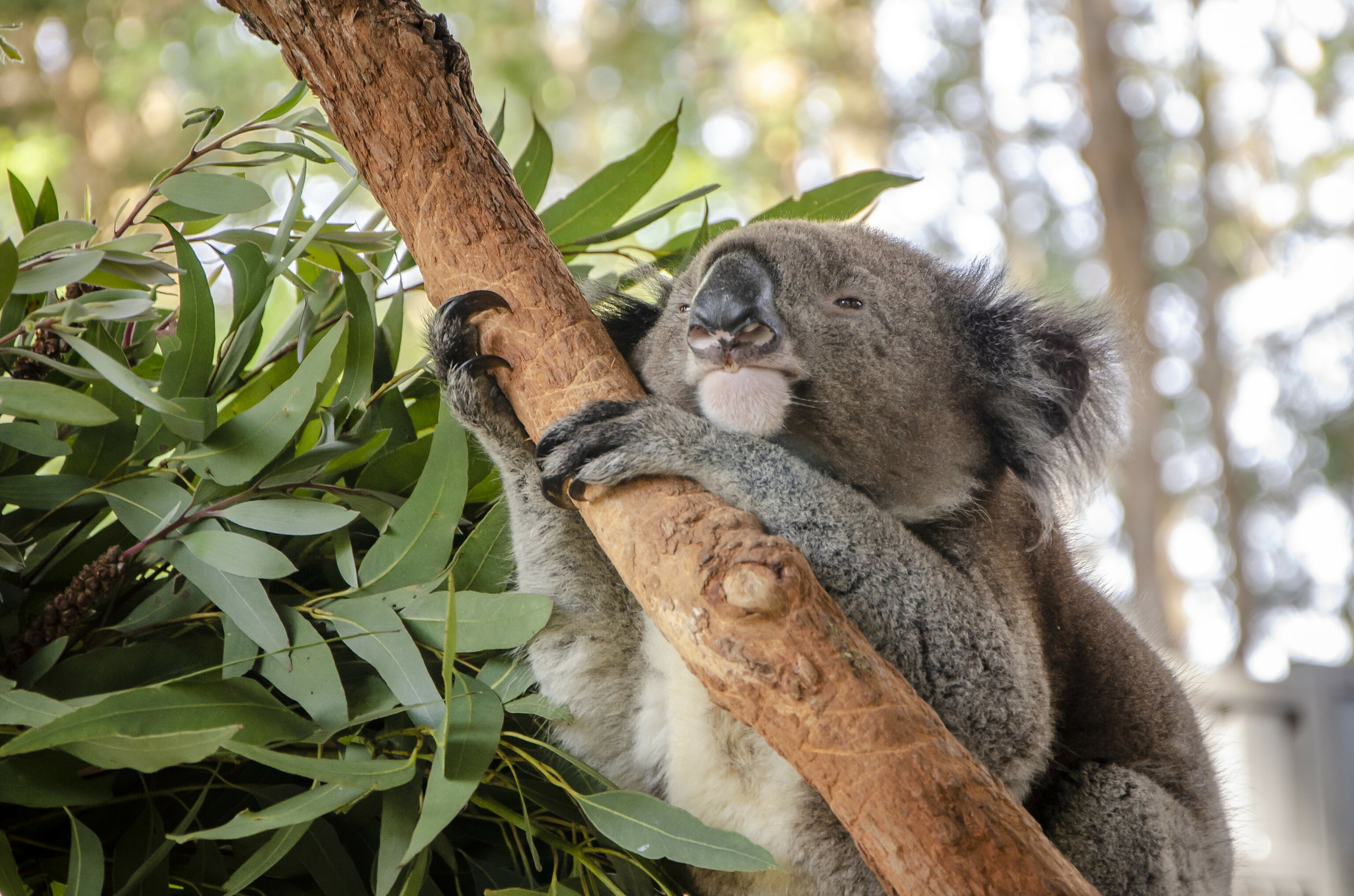
Koala, Macquarie Nature Reserve - Photo credit John Spencer, OEH
"This rich data source helps scientists to get a better view of wildlife across New South Wales and gain a clearer understanding of where these animals are, their health, and any threats," said Dr Celebrezze.
The survey, conducted by the Office of Environment and Heritage (OEH), asks contributors to record sightings of 10 key animals, over the last 2 years, wherever they have been seen across New South Wales.
Mr Celebrezze said the survey also draws on community knowledge, asking contributors if they think populations are increasing, decreasing or staying the same in their local area.
"Scientists will use the data to look at how the populations of the 10 animals have changed since the last survey in 2006," said Dr Celebrezze.
"Back in 2006 more than 16,000 people shared their wildlife sightings and the data generated played a vital role in understanding more about the location and status of animals in New South Wales, helping to shape research and conservation priorities for the State.
"We are keen to get a similar number of survey participants this year, if not more.
"The survey is being funded as part of the $44.7 million NSW Koala Strategy, that will help secure the future of koalas in the wild. Data from this year's survey can help identify sites for priority action under the NSW Koala Strategy as well as forming part of koala monitoring across the State.
"I encourage every NSW resident who has seen one of the 10 animals over the past 2 years in New South Wales, to share their sightings and wildlife information through the survey.
"It only takes 10 to 20 minutes to complete. It's a great opportunity to help build knowledge about wildlife in your local area," said Dr Celebrezze.
Access the new wildlife survey here: Community wildlife survey

Short-beaked echidna- photo courtesy: Gunjan Pandey.
International Award For NSW Climate Preparations
May 29, 2019: OEH
A NSW Government program using cutting edge technology to guide Sydney solutions on climate change has won an international award in Germany.
Office of Environment and Heritage (OEH) Director of Climate Resilience and Net Zero Emissions, Dr Stephen Bygrave, said XDI Sydney won the German Government’s Better Together Award at the International Conference on Climate Change Action (ICCA) 2019 in Heidelberg, Germany, on May 23.
Dr Bygrave said: “This is a good news story about the leadership, collaboration and innovation shown by the NSW Government on climate adaptation through OEH.
“OEH is world-leading in assessing and planning for climate change impacts on critical infrastructure including power supply, communications and transport.
“It is an outstanding achievement for a collaborative project only launched in early 2017 employing cutting edge technology to provide sophisticated risk identification and cost benefit analysis for businesses across Sydney to respond to climate change impacts.”
XDI Sydney is a three-year pilot with Climate Risk Pty Ltd trialling AdaptInfrastructure which is a world-first cloud computing technology that brings together geospatial hazard maps, climate change impact projections, engineering data and financial analysis.
Asset managers can now access detailed, real-time insights into hazards, exposure and vulnerability of public infrastructure. Risks can be quantified to show, for example, the number of energy customers affected by a power outage caused by a heatwave.
Climate Risk’s Dr Karl Mallon, said: “We’re thrilled with the NSW Government’s support for the Cross Dependency Initiative and our Climate Risk Engine technology, which is a world first. This partnership with critical infrastructure providers is showing cities around the world how to create safer, climate resilient cities.”
XDI Sydney is led by OEH and includes the City of Sydney, Climate Risk, Roads and Maritime Services, Sydney Trains, Sydney Water, Transport for NSW, NBN Co and Northern Beaches Council. XDI’s steering committee also includes observers from the NSW Office of Emergency Management, Infrastructure NSW and Defence Australia.
It receives about $1 million in joint funding and achieves benefits including:
- developing a world leading risk quantification tool to better manage critical infrastructure
- improving infrastructure planning and investment decisions based on understanding how climate change will impact different roads, hospitals and schools
- encouraging significant savings from collaborative actions by infrastructure providers to adapt to climate change.
- standardising state of asset resilience reporting, including benchmarking how assets will be impacted by climate change and setting resilience targets.
More information: Climate risk analysis for government and business
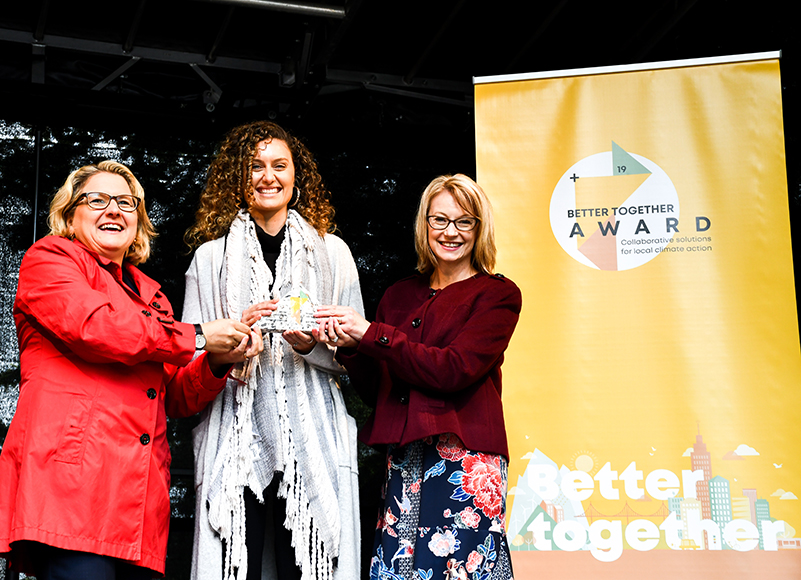
At Heidelberg (L-R), German Environment Minister, Svenja Schulze, with award winners XDI Sydney’s Jackie Lamb and NSW Office of Environment and Heritage’s Carla Wilson Photo: OEH
Birdwatchers Boost NSW Economy
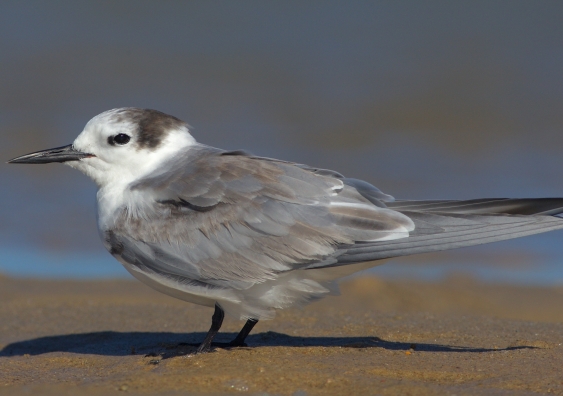

Organics Collections Grants Now Open
Statement By Minister For Health, Greg Hunt On His Reappointment As Minister For Health
Senator The Hon Richard Colbeck
Stepping On Program At Mona Vale
Home Library Service Available For Seniors
Idina Menzel & Michael Bublé - Baby It's Cold Outside
Curious Kids: How Do Sea Creatures Drink Sea Water And Not Get Sick?
How do sea creatures stand the salt? - Marshall, age 9, Murrumbeena.
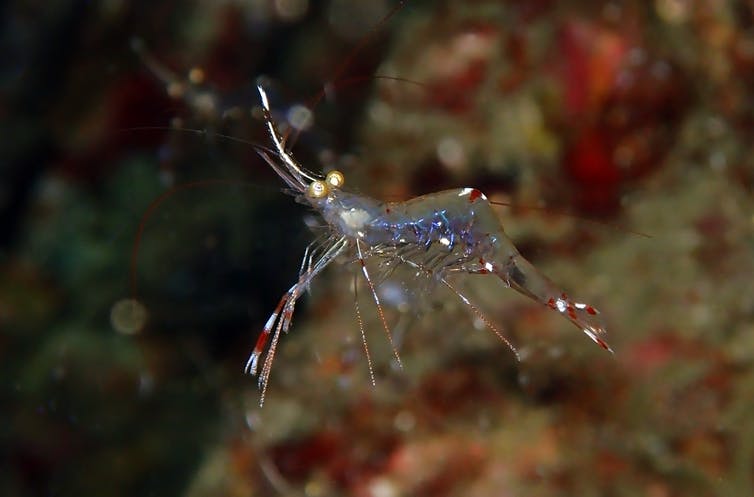
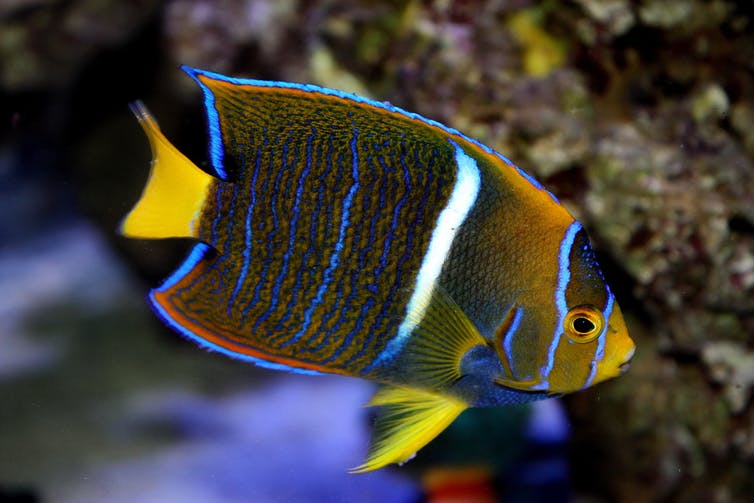
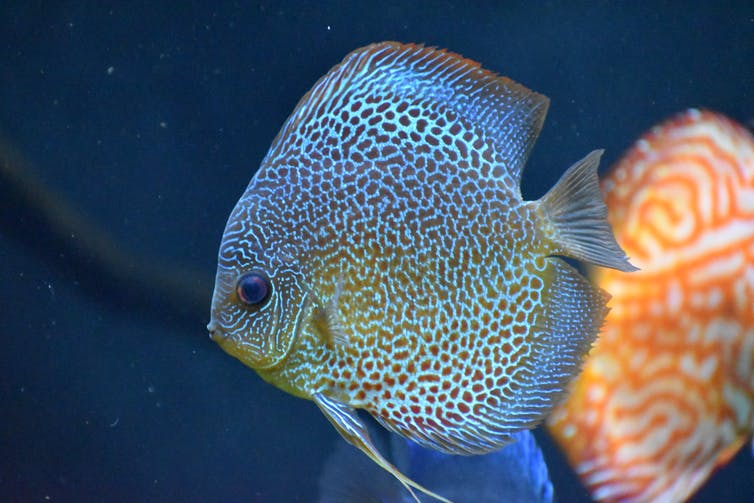
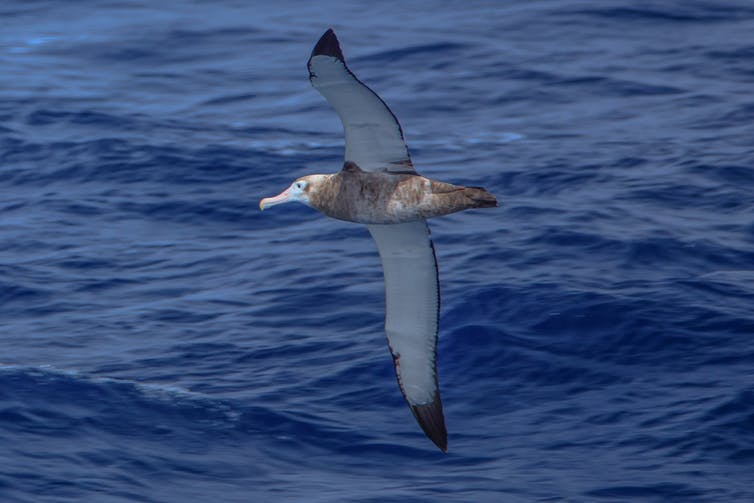
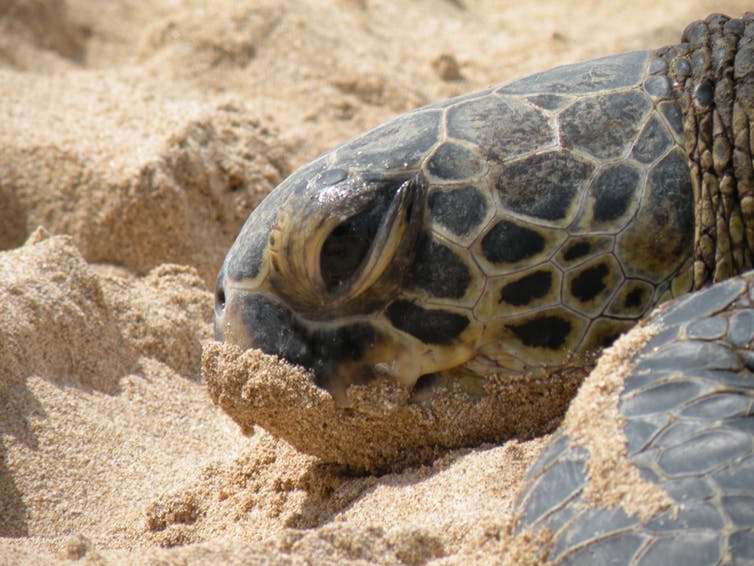
Celebrating Summer – Breezy Blend Of Beaut Birds
Did Leonardo Da Vinci Have ADHD?
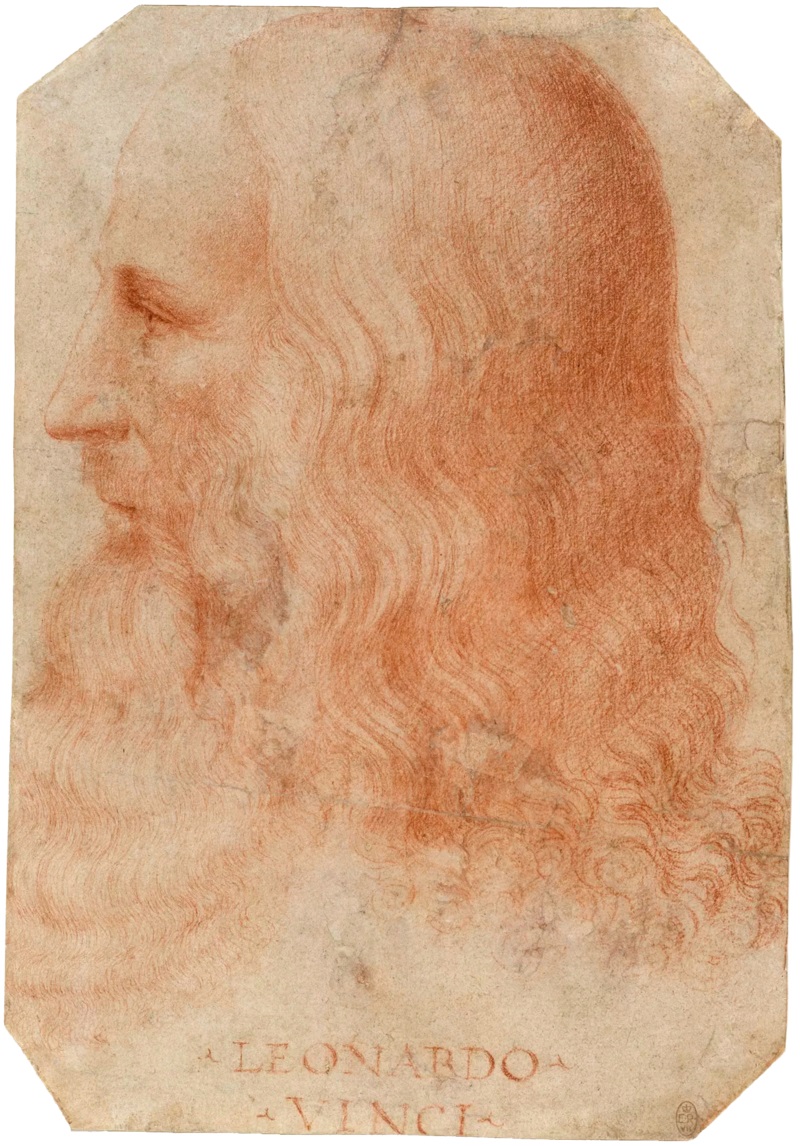
'There is a prevailing misconception that ADHD is typical of misbehaving children with low intelligence, destined for a troubled life. On the contrary, most of the adults I see in my clinic report having been bright, intuitive children but develop symptoms of anxiety and depression later in life for having failed to achieve their potential.'
'It is incredible that Leonardo considered himself as someone who had failed in life. I hope that the case of Leonardo shows that ADHD is not linked to low IQ or lack of creativity but rather the difficulty of capitalising on natural talents. I hope that Leonardo's legacy can help us to change some of the stigma around ADHD.'
Getting It Wrong Is The Key To Getting It Right

LAKE NARRABEEN.
Ku-Ring-Gai Chase Lyrebird
UNSW Researchers Tasked To Locate Leaks In The Sydney Water Network
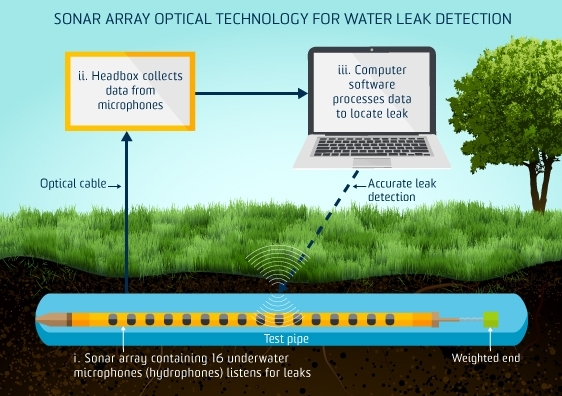
Group A Strep Genome Research Expedites Vaccine Development Efforts
Unexpected Survival Mechanism Of A Subset Of Cancer Cells Revealed
Major Step Forward In The Production Of 'Green' Hydrogen
Antibiotics Found In Some Of The World's Rivers Exceed 'Safe' Levels Global Study Finds
Stem Cell Identity Unmasked By Single Cell Sequencing Technology
Helping Cities Make Power Grids Safer And More Reliable
Disclaimer: These articles are not intended to provide medical advice, diagnosis or treatment. Views expressed here do not necessarily reflect those of Pittwater Online News or its staff.